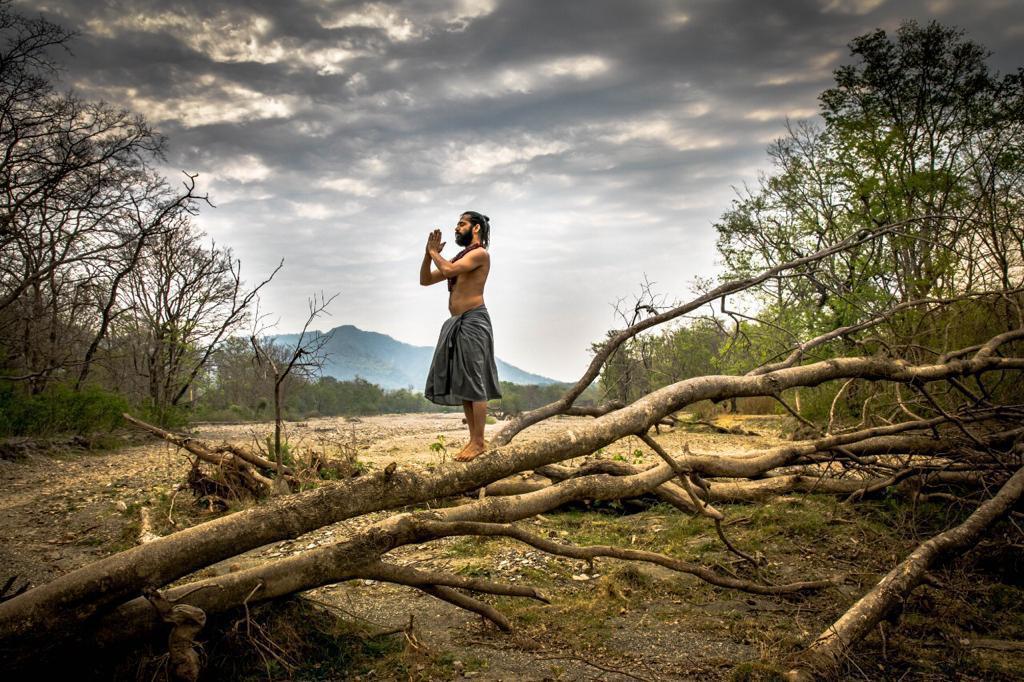Grand Master Akshar
Philanthropist || Spiritual Master || Lifestyle Coach || Yoga-preneur || Author
Yoga builds strength and flexibility when you practice it regularly. Yoga asanas focus on alignment of the body and each posture puts the body in a different kind of formation that is beneficial for it. Yoga improves your balance through movements that are unparallel in nature. But, what helps a practitioner of yoga prevent injuries is the mind-body connection that yoga helps you to develop. Yoga can be your friend not only to protect you from injury and also in a thorough and efficient recovery.
Additionally, the practice of yoga with its elements of meditation and breathing techniques keep you calm and focussed. Thus no matter the kind of physical activity that you are dabbling in, whether it is sports, dance, running etc. you know how to breathe and relax your muscles. Over exertion also leads to injury, and yoga increases your stamina with its dynamic movements. Moreover, yoga regulates your diet so you consume more healthy, wholesome and nutritious food. Practice these following yogic techniques regularly to stay safe from injuries:
Pranayama
Anulom Vilom Pranayam
Method
• Sit in any comfortable pose (such as Sukhasan, Ardhapadmasan or Padmasana)
• Straighten your back and close your eyes
• Place your palms on your knees facing up (in Prapthi Mudra)
• Use your right thumb to close your right nostril
• Inhale from your left nostril
• Close your left nostril with your right hand’s index finger
• Exhale from right nostril
• Inhale from right nostril
• Close your right nostril with your right thumb and exhale with your left nostril
• This completes one round of Anulom Vilom. In order to begin with another round, use your right thumb to close your right nostril, inhale with your left nostril and repeat the steps mentioned above.
Note: There is no retention (kumbhak) of breath in Anulom Vilom.
Asanas
Samasthithi
Formation of the posture
• Stand with your feet together
• Stretch your arms out beside your body and allow them to hover without making contact
• Gently close eyes
• Relax the body
Vashishtasana
Formation of the posture
• Begin with santholanasan (plank)
• Place your left palm on the ground and lift your right hand off the floor
• Turn to face the right side
• Raise your right arm up
• Both knees, heels and feet are in contact with each other
• Ensure that both arms and shoulders are in one straight line
• Turn your head and look up at your right hand
• Hold the asana for a while
• Repeat the same on the left side
Ekapadasana
Formation of the posture
• Begin in Samastithi.
• Keep your back straight as you stretch your arms up and join your palms in Pranam.
• Exhale and bend your upper body forward and until it is parallel to the floor.
• Keep your arms beside your ears.
• Slowly lift your right leg upwards behind you, keeping it straight.
• Your right leg, pelvis, upper body and arms should form a straight line.
• Focus your gaze at a point for balance
When you are calm, and focussed on your breathing even when under pressure, you develop greater self-awareness. Yoga encourages both active and passive stretching; active as in during the practice of any flow such as sun/moon salutations and passive when you hold a posture for a minute or longer. When your muscles are stiff, you become more prone to injury; yoga asanas prepare your body making it strong and supple. This contributes in preventing injuries as well as to recover from them.






